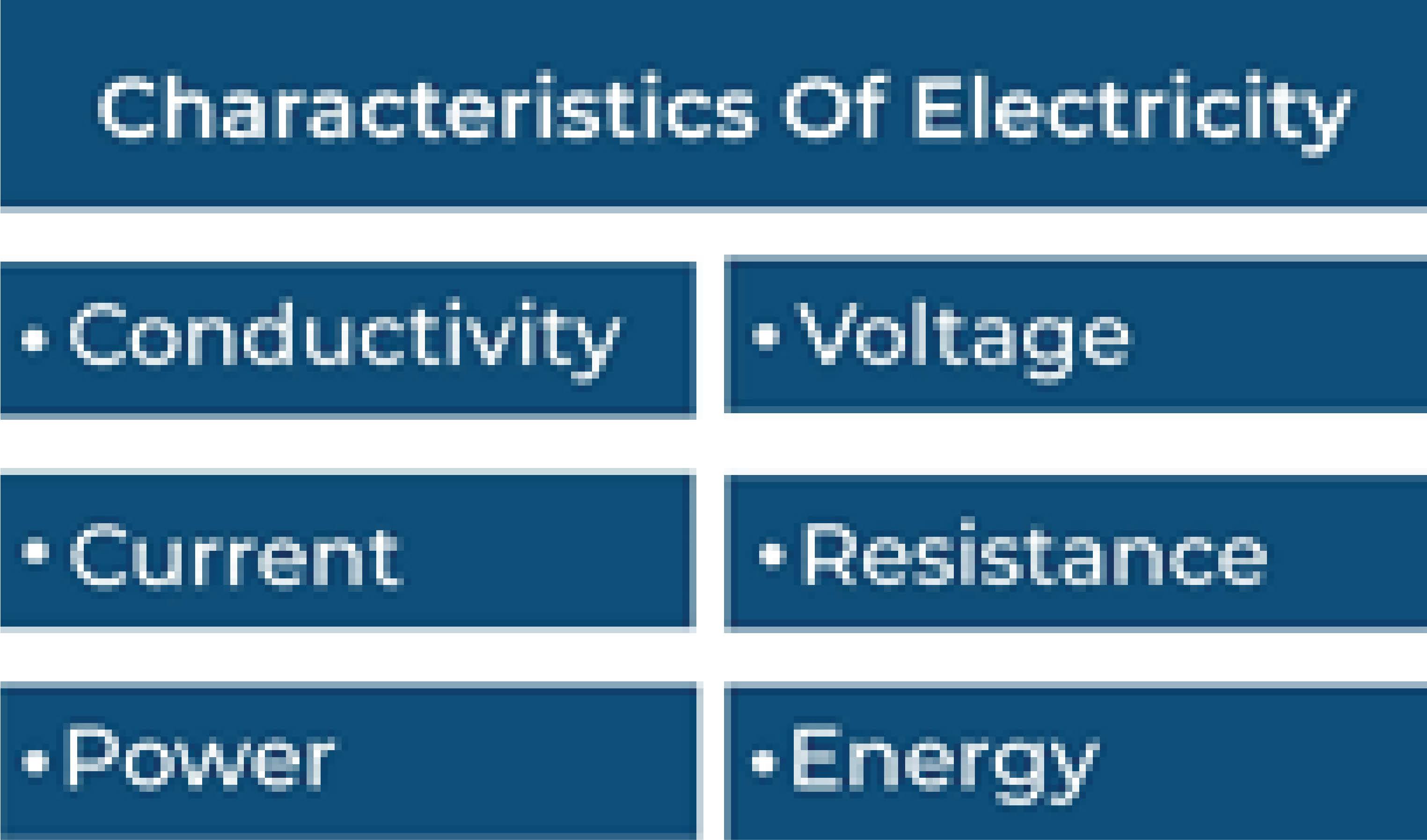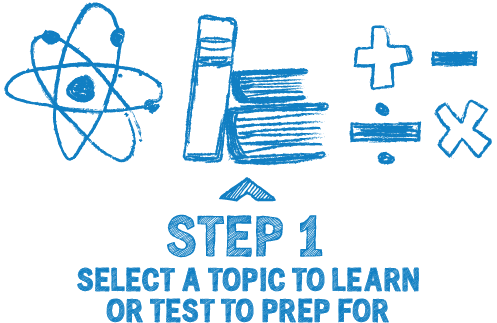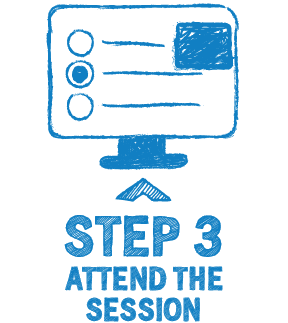Characteristics of Electricity
Grade 7 Science Worksheets
Electricity is a form of energy that is all around us. It is what makes things like lights turn on and appliances work. It is a flow of tiny particles called electrons that move through materials called conductors.
Table of Contents:
- Characteristics of Electricity
- FAQs
Characteristics of Electricity - Grade 7 Science Worksheet PDF
This is a free printable / downloadable PDF worksheet with practice problems and answers. You can also work on it online.
|
Untimed | |
Sign up with your email ID to access this free worksheet.
"We really love eTutorWorld!"
"We really love etutorworld!. Anand S and Pooja are excellent math teachers and are quick to respond with requests to tutor on any math topic!" - Kieran Y (via TrustSpot.io)
"My daughter gets distracted easily"
"My daughter gets distracted very easily and Ms. Medini and other teachers were patient with her and redirected her back to the courses.
With the help of Etutorworld, my daughter has been now selected in the Gifted and Talented Program for the school district"
- Nivea Sharma (via TrustSpot.io)
Think of electricity like water flowing through a pipe. Just like how water needs a pipe to flow through, electricity needs a conductor, like a wire, to flow through. And just like how we can control the flow of water in a pipe by using a valve, we can control the flow of electricity by using things like switches and outlets.
Electricity can also be stored in batteries, like the ones in your flashlight or phone. This stored electricity can be used later when there is no other source of electricity available.
In short, electricity is a form of energy that allows things like lights and appliances to work, it travels through conductors, can be controlled by switches and outlets and can also be stored in batteries.
Characteristics of Electricity
These are some of the characteristics of electricity with examples:
Conductivity: Electricity can flow through certain materials called conductors, such as metals. Conductors allow electrons to flow freely, allowing electricity to pass through. Examples of good conductors include copper, aluminum, and gold.

Voltage: Voltage is a measure of the electrical potential difference between two points. It is often referred to as “electrical pressure” and is measured in volts (V). For example, a common voltage in a household electrical circuit is 120 V. A higher voltage means a greater amount of electrical energy is available to do work.
Current: Current is a measure of the flow of electric charge in a circuit. It is measured in amperes (A) and is affected by factors such as the voltage and the resistance of the circuit. A common example of current is the flow of electric charge through a light bulb, which causes it to light up.

Resistance: Resistance is a measure of how difficult it is for electricity to flow through a material. It is measured in ohms (Ω). Materials that have high resistance, such as rubber, are called insulators and do not allow electricity to flow through them easily. examples of materials that have low resistance are copper, gold, and aluminum, they are good conductors.
Power: Power is the rate at which energy is used or converted. It is measured in watts (W) and is the product of voltage and current. An example of power usage is a 100-watt light bulb that is on for one hour uses 100 watt-hours of energy.
Energy: Energy is the ability to do work and is measured in joules (J). Electric energy is the energy that results from the movement of electric charge. An example of electric energy is the energy stored in a battery that powers a flashlight.
These are some of the main characteristics of electricity, and they are all interrelated and affect the behavior of electric circuits.
“There have been times when we booked them last minute, but the teachers have been extremely well-prepared and the help desk at etutorworld is very prompt.
Our kid is doing much better with a higher score.”
7th Grade Tutoring
eTutorWorld offers Personalized Online Tutoring for Math, Science, English, and Standardised Tests.
Our Tutoring Packs start at just under $21 per hour, and come with a moneyback guarantee.
Schedule a FREE Trial Session, and experience quality tutoring for yourself. (No credit card required.)
Do You Stack Up Against the Best?
If you have 30 minutes, try our free diagnostics test and assess your skills.
Characteristics of Electricity FAQS
What is electricity?
Electricity is a form of energy that results from the movement of charged particles, such as electrons or ions.
What are the characteristics of electricity?
The main characteristics of electricity include voltage, current, resistance, power, and frequency.
What is voltage?
Voltage, also known as electric potential difference, is the measure of the electric potential energy per unit charge in an electrical circuit. It is measured in volts (V).
What is current?
Current is the flow of electric charge in an electrical circuit. It is measured in amperes (A).
What is resistance?
Resistance is the measure of the opposition to the flow of electric current in an electrical circuit. It is measured in ohms (Ω).
What is power?
Power is the rate at which energy is transferred or used in an electrical circuit. It is measured in watts (W).
What is frequency?
Frequency is the number of cycles per second of an alternating current. It is measured in hertz (Hz).
What is direct current (DC)?
Direct current is a type of electric current that flows in one direction only. It is often produced by batteries or power supplies.
What is alternating current (AC)?
Alternating current is a type of electric current that periodically reverses direction. It is commonly used in homes and businesses for powering electrical devices.
How is electricity produced?
Electricity can be produced by a variety of methods, including generators powered by fossil fuels, nuclear reactors, wind turbines, solar panels, and hydroelectric dams.

Kathleen Currence is one of the founders of eTutorWorld. Previously a middle school principal in Kansas City School District, she has an MA in Education from the University of Dayton, Ohio. She is a prolific writer, and likes to explain Science topics in student-friendly language. LinkedIn Profile
Affordable Tutoring Now Starts at Just $22.49
eTutorWorld offers affordable one-on-one live tutoring over the web for Grades K-12. We are also a leading provider of Test Prep help for Standardized Tests (SCAT, CogAT, MAP, SSAT, SAT, ACT, ISEE, and AP).
What makes eTutorWorld stand apart are: flexibility in lesson scheduling, quality of hand-picked tutors, assignment of tutors based on academic counseling and diagnostic tests of each student, and our 100% money-back guarantee.
Whether you have never tried personalized online tutoring before or are looking for better tutors and flexibility at an affordable price point, schedule a FREE TRIAL Session with us today.
*There is no purchase obligation or credit card requirement
Grade 7 Science Worksheets
- Elements and Compounds
- Solar Energy
- Photosynthesis
- Electricity and Magnetism
- Law of conservation of energy
- Periodic table
- Properties of Matter
- Waves
- Energy Resources
- Weather and Climate
- Immune, Circulatory and Digestive Systems
- Organs in Multi-cellular Organism
- Sedimentary, Igneous, and Metamorphic Rocks
- Structure of the Earth
- Law of Conservation of Mass
- Physical and Chemical Changes
- Scientific Method
- Human Digestive System
- Environmental Science
- Renewable and Non-renewable energy Resources
- Characteristics of Living Organisms
- Life Science
- Earth and Space Science
- Solar Eclipse
- Heat Technology
- Newton’s Laws of Motions
- Physical Science
- Tools, Measurement and SI Units
- Earth Atmosphere
- Interactions of Living things
- The Earth Ecosystem
- Organelles in Plant and Animal cells
- Layers of the Earth
- Cycles in Nature
Grade 7 Math Worksheets
- Fractions
- Linear equations word problems
- Statistics
- Properties of Parallel Line
- Finding slope from an equation
- Identifying Quadrilaterals
- Percent Change
- Properties of addition and multiplication
- Pythagorean Theorem
- Solving two step inequalities
- Symmetry
- Fractions to Decimals (New)
- Whole Number Exponents with Integer Bases (New)
- Adding and Subtracting Fractions (New)
- Integer Addition and Subtraction (New)
- Dividing Mixed Numbers (New)
- Basics of Coordinate Geometry (New)
IN THE NEWS

Our mission is to provide high quality online tutoring services, using state of the art Internet technology, to school students worldwide.
Online test prep and practice
SCAT
SSAT
ISEE
PSAT
SAT
ACT
AP Exam
Science Tutoring
Physics Tutoring
Chemistry Tutoring
Biology Tutoring
Math Tutoring
Pre-Algebra Tutoring
Algebra Tutoring
Pre Calculus Tutoring
Calculus Tutoring
Geometry Tutoring
Trigonometry Tutoring
Statistics Tutoring
Quick links
Free Worksheets
Fact sheet
Sales Partner Opportunities
Parents
Passive Fundraising
Virtual Fundraising
Our Expert Tutors
Safe and Secure Tutoring
Interactive Online Tutoring
After School Tutoring
Elementary School Tutoring
Middle School Tutoring
High School Tutoring
Home Work Help
Math Tutors New York City
Press
©2022 eTutorWorld Terms of use Privacy Policy Site by Little Red Bird
©2022 eTutorWorld
Terms of use
Privacy Policy
Site by Little Red Bird










